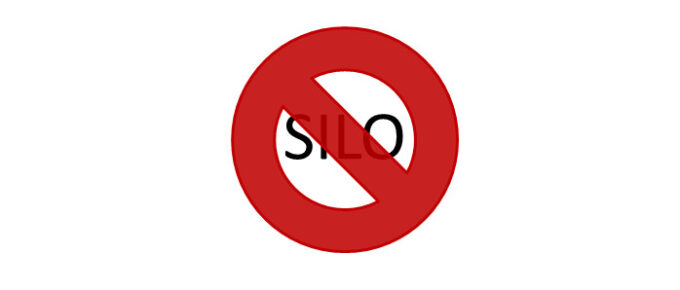When we chart intermediate conversion steps through the end to end revenue cycle, we can see trends that help us with improving the overall sales process. Regardless of stage or team that is interacting with the prospect.
Are viral moments made or created?
I know people put a lot of energy into trying to create viral moments. And for some it does work – Gangnam Style. But maybe the approach that works better is to put a lot of good stuff out there, see what sticks. Then capitalize on that.
Is your storytelling about the customer? Or about you?
I believe there is a case for not getting in your own way. I find people who are solving a problem that was previously a big problem for them do sometimes get in their own way. It’s almost as if it fuels their passion – but they aren’t yet detached enough to be objective.
Don’t want Marketing and Sales silos in your Startup? Don’t create silos in the first place.
A lot has changed over time in terms of company business organization. Traditionally Marketing was about lead generation and collateral production. Basically inputs to the sales process. Sales was all closing deals and achieving quotas. Marketing had the long view, trying to please all Customers. Sales had the short view, trying to service a specific Customer today. Marketing had indirect exposure to Customers. Sales owned direct relationships. The turf wars in existing companies grew naturally about these very different mandates and responsibilities. A real life “best of times and worst of times” saga.
Do you have an OLA between your Marketing and Sales teams?
A written OLA can be used as an input into a requirements document of any Marketing Automation tool / Sales Automation tool interface project. All too often, these two departments use different tools that are more tailored to their specific functions. In order for information to pass easily between them an actual technical interface is typically required. If the operational process is understood and the necessary information to be passed between the teams is documented, then building this interface and setting up appropriate reporting tools can be done more effectively.
The New Paradigm – B2B and B2C learning from each other
While in general I believe this to be true, I see it as more of a shift in paradigm in how companies engage with their customers and scale their business. I believe its occurring because customer requirements for engagement are changing. I also think that the blurring occurs differently in the various layers of the engagement, such as marketing, sales, procurement and customer service. Rather than a blending of styles, I believe that the traditional forms of business are learning from each other. I will expand on these ideas in future related posts.



